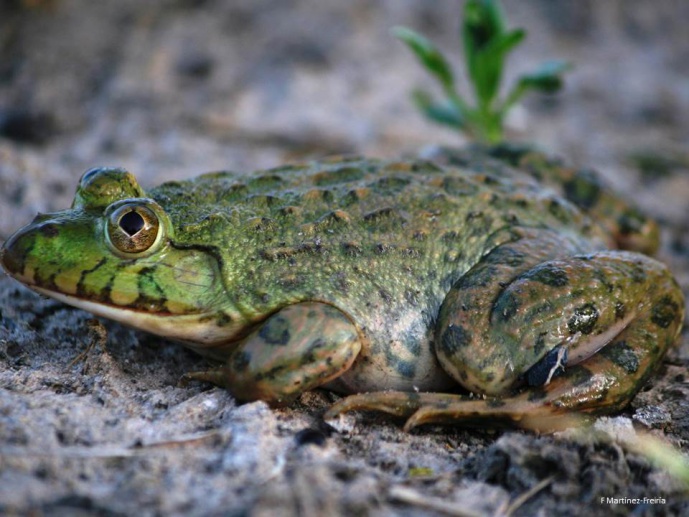Relict or endemic? Frog highlanders and the role of mountains and climatic fluctuations in the diversification of desert anuran
Geological and paleoclimatic shifts constitute shaping factors of species distribution and diversity patterns. In Sahara-Sahel in North Africa, multiple dry-wet cycles have occurred during the Pliocene (5.3 to 2.5 Mya) leading to local extinctions or population isolation of many species, or even events of speciation by isolation in mountains during dry periods. During wet periods, recolonisations and secondary contacts along contact zones were again possible at variable degrees. Such patterns were already found in some vertebrates, including mammals, reptiles and fishes, but to the moment data on amphibians is very deficient. Hoplobatrachus occipitalis is found throughout Western and Central Africa occurring almost exclusively in permanent water bodies, dispersing only when rainfall is enough to fill the savannah pounds. Available bibliography suggests this species was part of a recolonisation trend that affected some desert mountains systems during the Last Interglacial, including the Adrar-Atar (Mauritania) or Tibesti and Ennedi (Chad). However, this hypothesis was mostly based on distribution data and lacks additional support. Recent studies in other vertebrate taxa have shown cryptic diversity is not uncommon in the area, and so the populations isolated in the mountains could correspond to distinct endemic lineages that prevailed during dry phases, rather than recent relict populations. Our previous work in Mauritania has already revealed the presence of two distinct lineages, but without due phylogenetic framing we cannot conclude anything regarding the status of the populations or the mechanisms shaping the biodiversity distribution in the Sahara. This project aims to assess the genetic and morphological variability throughout the range of the species in order to place Mauritanian populations in the phylogeny and better understand the role of geographical and ecological features in the diversification of anurans in the desert.


